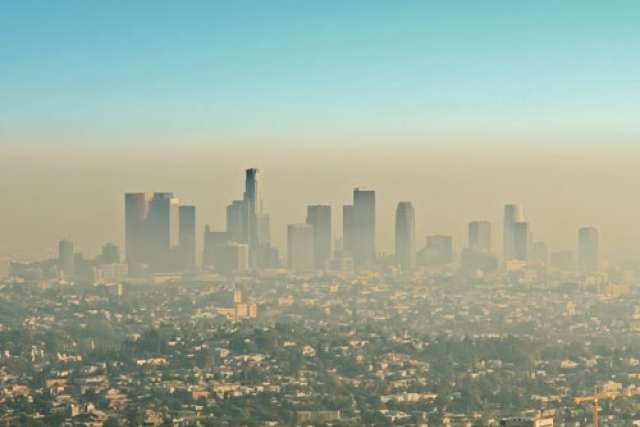Asthma is a disease that affects one in 13 Americans, with children and teens affected more than adults. This condition causes swelling and inflammation of the airways, which makes breathing difficult. The attacks can be mild or severe, and in some cases, even life-threatening.
While there is no cure for asthma, people can manage its severity by avoiding common triggers such as air pollution.
Gases, smoke from wildfires and dust particles can decrease the quality of the air we breathe. A study from the Asthma and Allergy Foundation of America found that high-pollution summer days increased the likelihood of an asthma attack up to 40 percent among young campers with moderate-to-severe asthma. When someone with asthma inhales gases and tiny airborne particles, the airways become irritated and they may experience:
- Wheezing
- Inability to catch one’s breath
- Tightening of the chest or inability to breathe deeply
- Increased coughing, particularly at night or in the morning
What to do when air quality is poor
The Environmental Protection Agency uses the (AQI) to determine the level of air pollution at any given time. If you have asthma, checking the AQI can be an effective strategy for avoiding and managing symptoms. An AQI higher than 101 means asthma sufferers are in danger of experiencing worsened symptoms.
When air pollution is high, asthma sufferers are encouraged to:
- Limit time outside between the hours of 11 am and 8 pm.
- Spend indoor time in areas with air conditioning and good ventilation.
- Avoid outdoor exercise, which increases the amount of poor-quality air you inhale.
UCLA Health’s asthma specialists have extra training in the control and treatment of asthma. The Pediatric Asthma Program at UCLA Mattel Children’s Hospital provides care for infants, children and teens. The UCLA Division of Allergy and Immunology provides care for adults with asthma.



